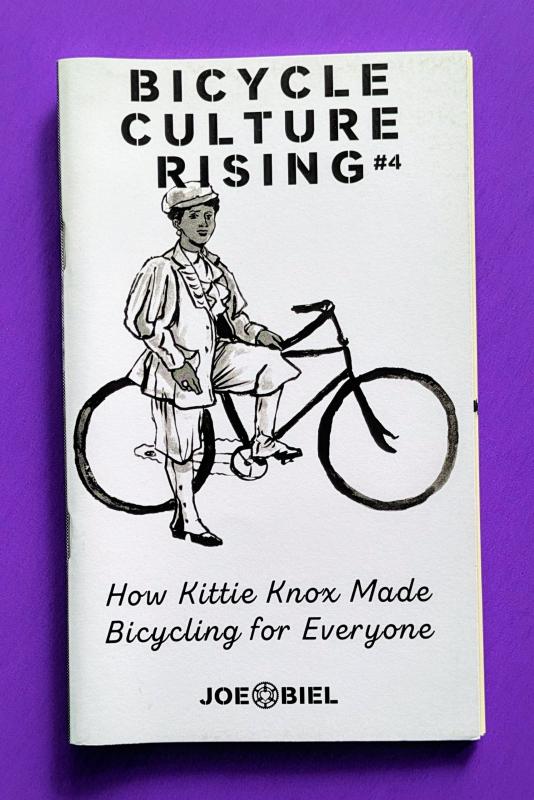
Bicycle Culture Rising #4: How Kittie Knox Made Bicycling for Everyone
by Joe Biel Author
In the 1890s, bicycling was a cultural activity for the wealthy elite, with a bicycle costing about twenty weeks of a laborer's pay. And even if you were to somehow acquire one, you were most likely going to land face-first on the gravel roadway. There were strict cultural norms and bicyclists were painted as scofflaws in the media. Kittie Knox, a teenage Black girl, began making headlines in her hometown of Boston, showing up in homemade tailored suits while most participants had expensive, specialized clothing. Knox soon took home a first prize and was bolstered to attend the League of American Wheelmen's national event in Asbury Park, NJ. The only problem, of course, is that Kittie was absolutely not welcome. The League had recently passed the color bar, saying that only white people could join the organization. But Kittie showed up anyway, turned heads, made her mark, and changed bicycling forever. In this excellent, deep-research piece full of cultural analysis, you can see how Knox's actions continue to affect cycling today.
You must log in to comment.

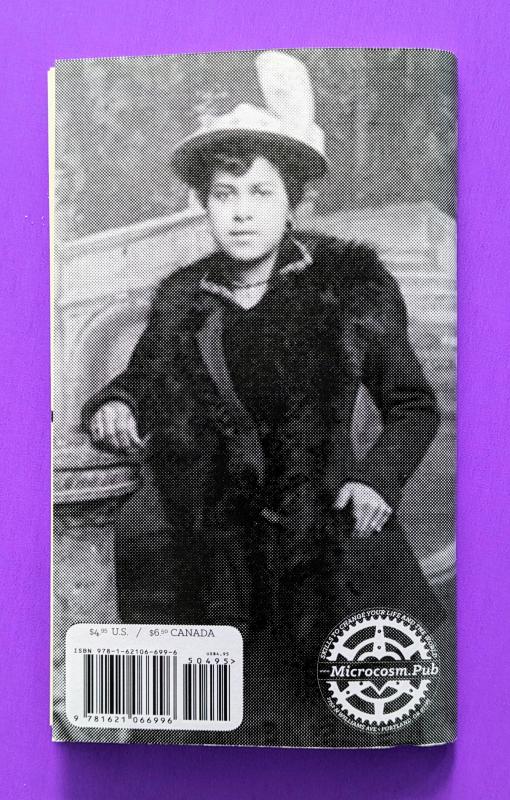



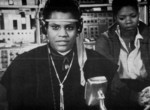
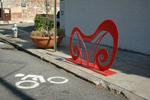
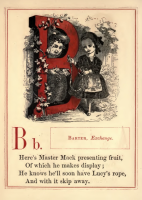







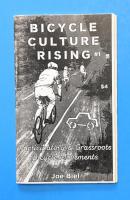

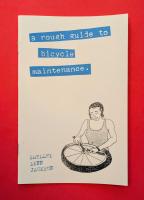


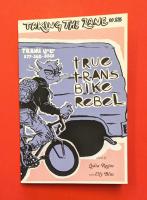


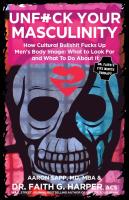

Comments & Reviews
"The best book about Kittie Knox...."
The best book about Kittie Knox is a chapbook by Oregon author Joe Biel, which chronicles her incredible rise to cycling fame at the height of Jim Crow oppression. Knox remained a member of LAW and won over many white supporters, but she faced hostility at every event. While women of color may continue to feel alienated in cycling communities, Knox still inspires; she mastered a brand-new technology and sported bloomers in an era known for bustles and parasols. Knox’s action-packed life was cut short by kidney disease at age 24.